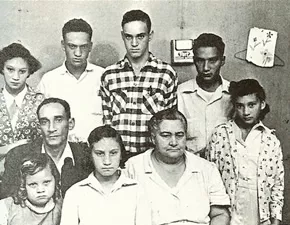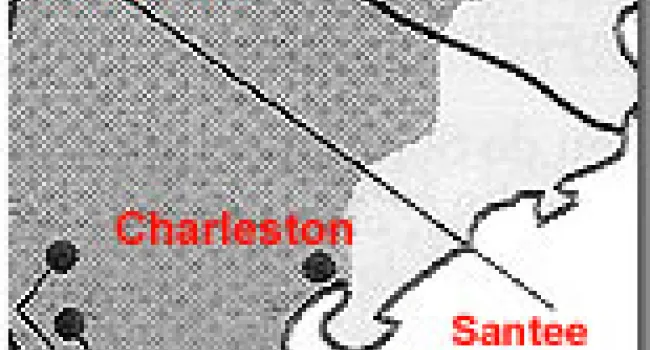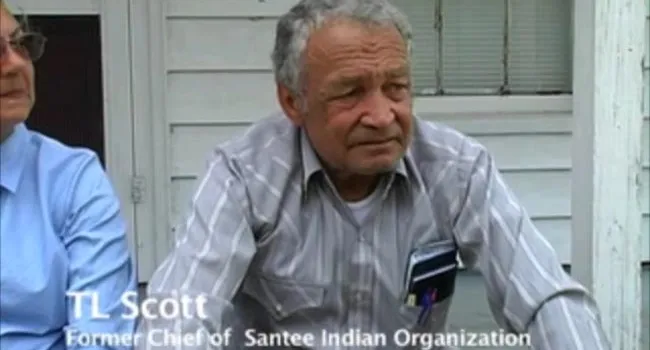
Episode
2
Photo
Like most Native Americans in South Carolina, the Santee have a history of trading with early colonists from Europe. In 1701, English explorer John Lawson described his meeting with the "King" of the...
The Santee mainly lived along the Santee River in South Carolina. The Santee Indian Organization was officially recognized by the South Carolina Commission for Minority Affairs as a Native American tribe in 2006. The organization is seeking to achieve federal recognition.
PICTURED ON THE RIGHT: Santee Family from Holly Hill, South Carolina. Allen & Laura Platt and their children suffered indignities with the area Orangeburg County schools until they filed a suit against that schools and the Courts declared that they were able to attend the "White Schools" and that they were "White" therefore. Learn more stories from Road Trip! Through Civil Rights in South Carolina.

Photo
Like most Native Americans in South Carolina, the Santee have a history of trading with early colonists from Europe. In 1701, English explorer John Lawson described his meeting with the "King" of the...
Photo
The Santee Tribe are one of the most unique in South Carolina because of their limited population. It is estimated there are fewer than 400 descendants of the Santee Tribe in the state.
Photo
Here are some of the meanings of these names: * Enoree -- River of Muscadines * Santee -- Safety, Protection * Cheraw -- Fire * Chatooga -- Rocky Waters * Tamassee -- Place of the Sunlight of God *...
Video
In this segment, Herb McAmis, an adopted member of the Edisto-Kusso-Natchez people of Dorchester and Colleton Counties, explains that some are genetic Indians and some are Indians in their hearts. He...
Video
Each morning, Oscar Pratt, Chief of the Santee of Holly Hill, drives 30 miles to Walterboro, where he is the supervisor for a steel company. After work, he is usually in his fields until dark, and...
Video
Molly Scott talks about not seeing more local Native American history in her school textbooks.
Video
T.L. Scott, the former Chief of Santee Indian Organization, talks about not being allowed to go to high school after the eighth grade.
Video
Desiree Platt talks about the history of schooling for Native Americans in the Orangeburg area.
Video
T.L. Scott, the former Chief of Santee Indian Organization talks about his family's community store. T.L. Scott speaks about being treated "almost normal" compared to the blacks in the area.